I have a new novelette in the latest issue of “Space and Time” Magazine. It is entitled “Franklinstein,” and features the hitherto untold story of a dark incident during the lifetime of our founding father, Ben Franklin, and how it served to partly inspire Mary Shelley’s subsequent immortal tale.
However the original story was originally a bit longer than the printed version. There was a lengthy intro that helped set up the background, but it made the story too long for “Space and Time,” so we had to trim the introduction.
But I really liked it, and so I am presenting it to you here. If you like it, then go out and get the magazine at your local bookstore or order it online. And since it came out in 2016, well, when it comes to award nominations for the year, kindly keep it in mind if you consider it worthy of recognition.
Ladies and gentlemen: “Franklinstein.”
I should apologize, first of all, for the title of this paper. My original title was “The New Prometheus,” for that was the nickname that was bestowed upon Doctor Benjamin Franklin after his formidable experiments with electricity in the year of our lord, 1752. I am certain you are familiar with that epic battle between Franklin and a lightning storm in which he flew a kite with a key dangling beneath it. If nothing else, it was immortalized in a famous Benjamin West painting that depicted Franklin and his bášŧárd son, William, caught up in the endeavor. The 1816 painting was wrong in every major detail: Franklin was only in his 40s at the time rather than the much older man that was depicted, and his son was in his 20s rather than the ten year old that the artist rendered. But you are welcome to go and argue with creative impulse, and good luck in that regard.
As I was saying at the beginning, “Franklinstein” seems a touch too clever a title for my tastes, drawing comparisons to another work entirely. However, the title was initially suggested—and then subsequently insisted upon—by my young son, Arthur, and as any doting father, I am inclined to give him his head whenever doing so will not end up with him being thrust into some manner of danger.
His fascination, in turn, was drawn from his settling down to read the original Mary Shelley “Frankenstein.” He had recently seen a new movie version of it and was appalled by it. He returned from the film and while his comments disparaging it did not bother me, I took issue with his dismissing the original novel out of hand. So I insisted that he read the original, and he decided to indulge his old man.
He had barely begun and then came to me asking about the very first sentence in the Preface, namely this:
THE event on which this fiction is founded has been supposed, by Dr. Darwin, and some of the physiological writers of Germany, as not of impossible occurrence.
This mystified Arthur, and he inquired what in the world Charles Darwin could possibly have had to do that would have interested or intrigued Mary Shelley. I reminded him of the dates involved: That Frankenstein was published in 1818 whereas Charles Darwin was only born nine years earlier. So obviously he was not the Darwin being referenced. I informed Arthur that the Darwin that Shelley referred to was most likely Erasmus Darwin, a noted British physician and physiologist, not to mention a gentleman who had his own strong opinions on evolution that might well have influenced his grandson, the more familiar Charles.
Why then, inquired Arthur, did Shelley specify him in her introduction? What manner of experiments had he performed that could possibly have influenced her?
In the 1831 edition of Shelley’s novel, she provides reference to an experiment in which Darwin ostensibly brought life to a bit of vermicelli…a formidable accomplishment since vermicelli is pasta. Obviously Shelley confused the term with vorticella, a protozoa that had indeed ostensibly been dried out but then brought back to life in an experiment.
Still, it is a far step from protozoa to human beings. Shelley claimed that she subsequently dreamt it up while lying in bed, but that was quite a leap for a twenty year old girl with no science background to make. I began to wonder if there was more to the story that history had hidden away. Was it possible that he had somehow become involved in experiments that prompted Shelley to emulate them in the creation of the famed monster? What specific tests could he have rendered? Shelley does not actually go into detail as to how her literary doctor is able to bring life to the oversized corpse. The process is described as “secret,” which makes sense since Shelley herself had no scientific training and thus would have had nothing upon which to speculate the means by which a corpse could be reanimated. What, then, had she discerned from Darwin that could have set her upon a course of monstrous creation, beyond a mistaken account that the author had so thoroughly confused into pasta being animated?
It seemed the only means I might be able to undertake to answer the question was to investigate Darwin. This I set out to do immediately. I must admit that my history as a historian provided me ready access to Darwin’s papers, which had been assiduously preserved by the family over the two hundred years since the man’s passing.
I was struck by the many thoughts, philosophies and experiments in which Darwin indulged himself, but after more than a week of sifting through it all, I was still unable to discern anything specific that could have prompted Mary Shelley’s interest.
And then, when I was beginning to descend into the inevitable despair that pervades a historian when he has hit a dead end, I happened upon a small box. It was not locked, fortunately enough, but instead simply latched with a small trip button that I pressed into the open position. I lifted the box’s lid and found therein an envelope addressed to Mr. Darwin, posted from Virginia. I opened the envelope and was astounded to discover a letter by none other than Benjamin Franklin.
It was addressed to Thomas Jefferson.
It was unquestionably genuine; I recognized Franklin’s script immediately.
I was astounded, because I knew that Franklin had had correspondence with Jefferson, but ostensibly all of those letters were either in the possession of the Franklin or Jefferson estates. What in the world was this doing here? Why did Darwin have it?
The only conclusion that I was able to draw was that Jefferson had forwarded the letter to Darwin. Why would he do that? I could not fathom it, because Jefferson was notably meticulous in keeping detailed accounts of all his diaries, journals and correspondence. What in the world could possibly be in the letter that would prompt Jefferson to rid himself of it?
I took particular note of the date. It was June 18th, 1776. At that time, Jefferson was deep into writing the Declaration of Independence. He did much of that writing on his own, but it was entirely possible that Franklin had some contributions to make. That still did nothing to answer why in the world it had been sent to Darwin.
I read the letter. The further I read into it, the more my hands began to tremble. I was reading something utterly historic. Something that crossed the line between fact and fiction, bringing genuine veracity to something that had always been considered a mere work of human imagination.
I was immediately determined to bring this letter to the attention of historians everywhere.
No one was interested in publishing it. Everyone doubted its veracity. They felt that, despite my reputation as a historian, I had fabricated it. None offered any reason as to why I would feel the need to make up the letter and attempt to present a fakery as a genuine piece of Americana, but why bother? Far easier to simply disbelieve.
I could have printed it on the Internet, I suppose, but the lack of veracity on the Internet is somewhat legendary.
And so I have instead given it to this magazine, which is renowned for its truth and adherence to the real world. At least that is what Arthur tells me and I am certain that he would not lie to me about such an important matter.
The letter, then:
(Continued in “Space and Time” Magazine, Winter edition)
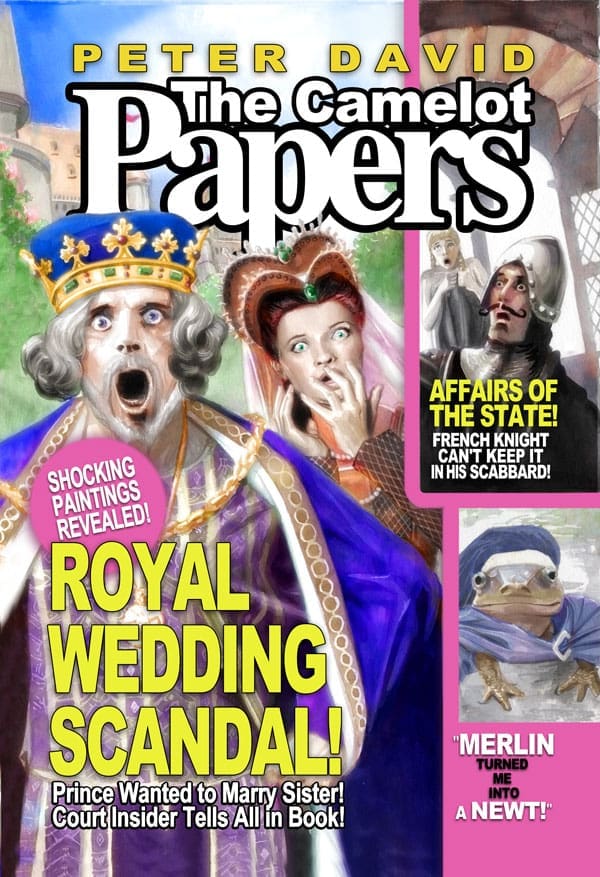
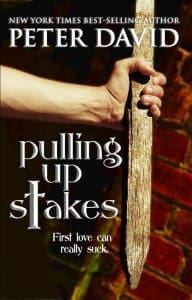
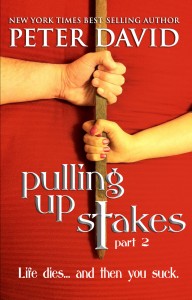
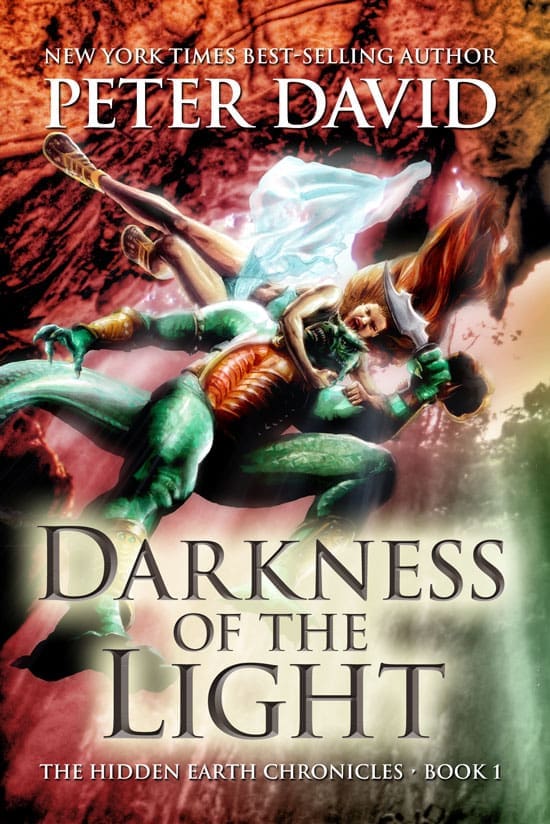
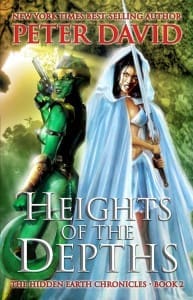
This is gonna be good. Call it… “a hunch.”
“Sleepy Hollow” already did a variation of this a couple of seasons ago, including using the name “Franklinstein” for their monster.
Well that’s just fantastic.
PAD
Okay, just read up on it. Didn’t see that episode when it aired, and the plot bears no resemblance to my story, so my conscience is clear.
PAD
“[M]y history as a historian…”?
Yeah, I wrestled between having that line and “career as a historian” but I decided that I liked the notion that he was slightly clumsy in expressing himself. So I went with the repetitive.
PAD
Ordered my copy of the magazine – thanks for the head’s up! Big fan, loved the new Appropos novel, can’t wait to read this story!